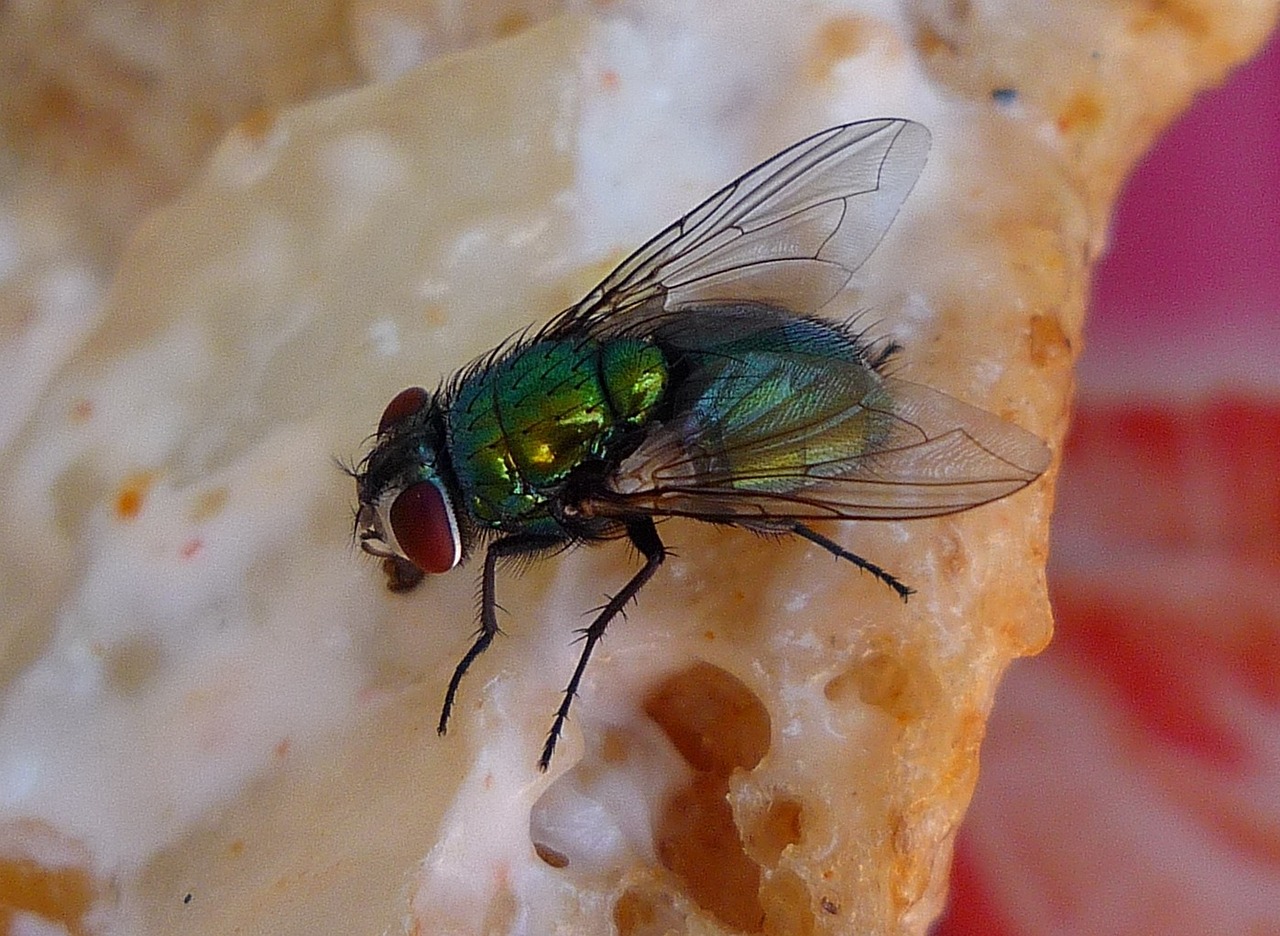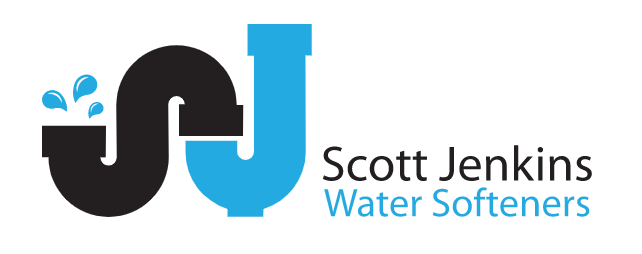Sewage in Our Water is a growing problem, say leading public health officials
Short story | Full story | Conclusion
-
Top health officials club together to write a critical report about the problems of sewage in drinking water
-
Sewage in the water supply is now a growing problem
-
Water in rivers and lakes posed the greatest risk to public health
-
Raw sewage being discharged from sewage network due to storm overflows
-
Harmful bacteria being allowed to flow into rivers
-
UK water companies aren’t doing enough to tackle the problem
Top health officials have come down hard on water companies who say they should be doing more to tackle the issue of sewage in the water supply.
A report, authored by England’s Chief Medical Officer and the chairs of Ofwat and the Environment Agency, has criticised the state of the country’s rivers saying that “the continuous discharge of waste, containing viable organisms from sewage treatment works is an increasing problem.” Currently, there was a risk to the public, they wrote.
There were two major issues, they said. The first was raw sewage discharge from the sewage network, particularly caused by storm overflows. The second was harmful bacteria generated during regular discharge from sewage works, which was flowing into rivers.
Both problems were curable, they wrote, but it required better management and more investment on the part of the water companies, who they called on to act fast – in the interest of public health. Otherwise, we could return to the Britain of 200 years ago, when human faeces were commonplace in drinking water.

The full story
Despite “remarkable feats of engineering” that have prevented human faeces entering our drinking water for the last two hundred years, today the presence of sewage in water is now a matter of serious concern, say top officials.
The crisis has been highlighted by Professor Chris Whitty, Chief Medical Officer for England, Jonson Cox, the chair of Ofwat and Emma Howard Boyd, who heads up the Environment Agency.
In a co-authored opinion piece published in 2022, entitled “Sewage in water: a growing public health problem” they said that this was now a serious public health issue for government and regulators and that the water companies weren’t taking sufficient preventative action.
One of the greatest public health triumphs of the last 200 years had been the separation of human faeces from drinking water, which people now took for granted, they wrote. It had brought an end to cholera, typhoid and other bacterial and viral diarrhoeal diseases, which had previously killed millions in epidemics.
“When bacteria from human faeces (coliforms) are ingested, it increases the risk of significant infections including antibiotic resistant bacteria. Keeping human faeces out of water that people might ingest remains a public health priority,” they remarked.
Water companies aren’t doing enough
Although the authors said that UK tap water was safe, river water was not up to the same standard. But they said that raw sewage resulting from storm overflows and “the continuous discharge of waste, containing viable organisms from sewage treatment works is an increasing problem.”
They continued: “This is a serious public health issue for government and regulators and it is clear that the water companies are not doing enough.”
Using rivers for recreation and exercise was something to be celebrated and encouraged, since all age groups used freshwater waterways for activities like swimming and boating, they observed. “Our rivers, seas and waterways should therefore be free from sewage to reduce risk to the public,” they urged.
This meant tackling two major issues, both of which had solutions.
The first of these, they wrote, was raw sewage discharge from the sewage network, particularly caused by storm overflows. Although rare, if sewerage systems became overwhelmed due to intense rainfall, sewers could overflow causing effluent to flow back into people’s homes and the streets.
They noted that the Environment Agency had required the water industry to install monitors on overflows. But data revealed “that their use is now not exceptional” with up to 200 discharges a year occurring.
“This is obviously unacceptable on public health grounds,” they said, recognising that although achieving zero discharges was technically possible, cost implications couldn’t be justified.
Instead, reducing the frequency down to genuine storms should be the minimum target. “It certainly is the expectation of the great majority of the public. Nobody wants a child to ingest human faeces.”
There were solutions to returning storm overflows to only functioning during exceptional rainfall conditions, the authors continued. “These involve better operational management, innovation and investment. This is rightly seen as the job of water companies,” they said.
Although four companies had recently agreed to reduce their overflows down to an average of no more than 20 discharges a year by 2025, the industry needed “to go much further.” To this end, Ofwat and the Environment Agency would “hold companies to account for this delivery.”
Eliminating bacteria discharge
The second major issue was coliforms (bacteria), generated during regular discharge from sewage works. Although raw sewage wasn’t discharged into waterways from these outflows, it still contained potentially harmful bacteria and viruses.
“Eliminating discharges of coliforms from sewage works upstream of popular recreational areas will go a long way to reducing human faecal infective organisms downstream,” they advised. In some seaside beaches at coastal works, this had been achieved by use of ultraviolet treatment. Other forms of less energy-intensive treatment were also being trialled or developed but “these options need to be pushed forward by companies with urgency.”
Although they welcomed “recent initiatives by some water companies” much more action was needed and Ofwat had requested that all companies produce an action plan, detailing how they would “rapidly improve river health. They must demonstrate a commitment to public health that matches public expectation.”
They recognised sewer management was made more difficult by plastic wet wipes being flushed down toilets, which contributed to blocked sewers. It was dependent upon the public to dispose of these responsibly to reduce avoidable outflow problems.
But they concluded: “The principal public health responsibility for ensuring human faeces and viable human faecal bacteria do not get into waterways people might use recreationally, rests squarely with the water companies and their directors. It is time for wastewater companies to act.”
Conclusion
If you have any concerns about the quality of your drinking water, Scott Jenkins Water Softeners are completely on your side. We are extremely concerned about the state of the UK mains water supply and the issue of sewage in our waterways.
That’s why we’ve made it our mission to become one of the leading providers of high-quality water softeners, water filtration and purification systems for homes and small businesses. Without high quality water to drink, where would we be? For all enquiries, call SJ Water Softeners on 01243 607494 or via email: scott@sjbs.info
Sewage in water: a growing public health problem – GOV.UK (www.gov.uk)










